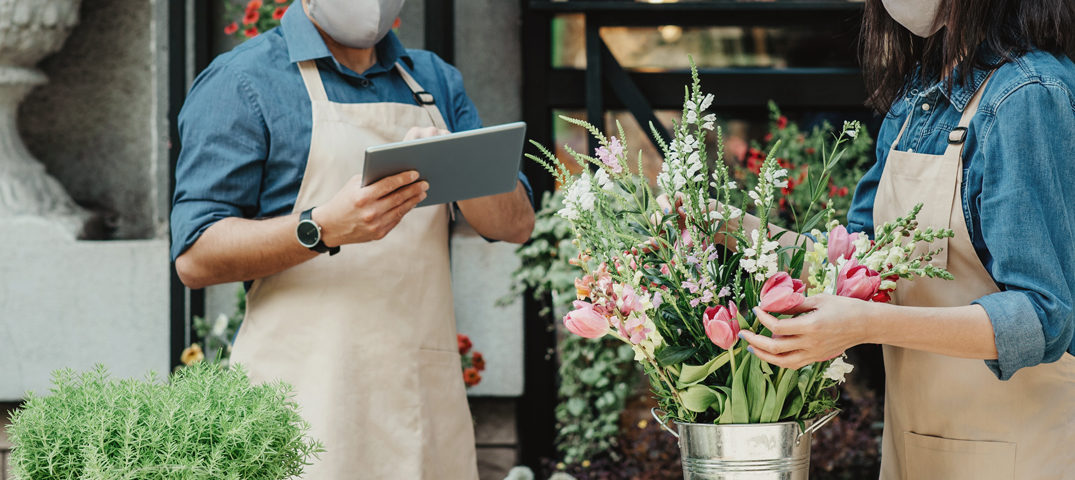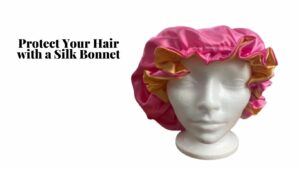Welcome to the blooming world of modern floristry, where creativity meets nature in a colorful dance of petals and stems. Behind every beautifully crafted bouquet lies a complex web of sourcing that ensures only the freshest blooms make their way into your hands. In this article, we’ll take you on a journey through the floral supply chain to uncover where modern florists Los Angeles source their flowers, highlighting the importance of quality, sustainability, and supporting local growers along the way. So grab a vase and get ready to dive into the fascinating world of floral sourcing!
The Importance of Sourcing Quality Flowers
A crucial aspect of being a modern florist in Los Angeles is the ability to source quality flowers. Quality flowers not only look beautiful but also last longer, ensuring customer satisfaction. When you prioritize sourcing top-notch blooms, you showcase your commitment to excellence and craftsmanship in every floral arrangement you create.
By selecting high-quality flowers, you enhance the overall aesthetic appeal of your bouquets and arrangements, setting yourself apart from competitors. Customers are more likely to return for your services when they know they can trust the freshness and beauty of your floral creations.
Whether it’s vibrant roses or delicate lilies, investing in premium blooms elevates the caliber of your work as a modern florist. Remember, quality matters – it’s not just about selling flowers; it’s about creating memorable experiences for those who receive them.
Exploring the Floral Supply Chain
Have you ever wondered where modern florists get their beautiful blooms? Let’s take a deeper look into the fascinating world of the floral supply chain.
At the beginning of this intricate process are the growers and farmers who nurture and cultivate an array of flowers. These dedicated individuals play a crucial role in ensuring that only the finest quality blossoms make it to your local florist shop.
Once harvested, these flowers then journey through wholesalers and distributors who help transport them from farms to various retail outlets. This middle stage of the supply chain is essential in maintaining freshness and diversity in floral arrangements.
In recent years, online marketplaces and direct-to-consumer services have revolutionized how consumers access fresh flowers conveniently. This shift has provided both customers and florists with greater flexibility in sourcing unique blooms for every occasion.
A. Growers and Farmers
When it comes to sourcing quality flowers, modern florists rely heavily on growers and farmers who cultivate a wide variety of blooms. These dedicated individuals play a crucial role in the floral supply chain by nurturing plants from seedlings to full bloom.
Growers and farmers utilize specialized knowledge and techniques to ensure that their flowers are grown under optimal conditions, resulting in vibrant colors and long-lasting freshness. Whether it’s roses from local farms or exotic orchids imported from overseas, these suppliers provide florists with an array of options to create stunning arrangements for their customers.
By establishing strong relationships with growers and farmers, florists can access top-quality blooms directly from the source. This direct connection not only ensures the freshest flowers but also supports local agricultural communities and promotes sustainable practices within the industry.
B. Wholesalers and Distributors
When it comes to sourcing quality flowers, modern florists often turn to wholesalers and distributors as key players in the floral supply chain. These intermediaries play a crucial role in connecting growers with retailers, ensuring a steady flow of fresh blooms into the market.
Wholesalers typically purchase large quantities of flowers from various growers and then distribute them to local florists and retail outlets. By buying in bulk, they can offer competitive prices while maintaining high standards of quality.
Distributors act as middlemen between wholesalers and retailers, streamlining the process of getting flowers from farm to shop. They handle logistics such as transportation and storage, making sure that the flowers arrive in optimal condition.
Working with reputable wholesalers and distributors is essential for modern florists looking to provide their customers with beautiful and long-lasting arrangements. Building strong relationships with these suppliers can ensure a reliable source of fresh blooms for every occasion.
C. Online Marketplaces and Direct-to-Consumer Services
In the digital age, modern florists have a plethora of options when it comes to sourcing flowers. Online marketplaces and direct-to-consumer services play a significant role in streamlining the floral supply chain. These platforms connect florists directly with growers and wholesalers, offering convenience and access to a wide variety of blooms.
Through online marketplaces, florists can browse through an extensive selection of flowers from around the globe without leaving their shop. The ability to compare prices and quality easily enables them to make informed decisions that suit their specific needs. Direct-to-consumer services also allow for fresher flowers as they are delivered straight from the source.
By leveraging technology, modern florists in Los Angeles can stay ahead of trends and satisfy their customers’ demands promptly. With just a few clicks, they can access seasonal blooms or unique exotic flowers that add flair to their arrangements. Online platforms have revolutionized how florists operate by providing efficient ways to source high-quality flowers for every occasion.
Sustainability in the Floral Industry
The floral industry is increasingly focusing on sustainability, recognizing the importance of minimizing environmental impact. Sustainable practices include reducing pesticide use, promoting biodiversity, and conserving water resources. Many modern florists are sourcing flowers from growers who prioritize eco-friendly methods such as organic farming and integrated pest management.
By supporting sustainable flower production, florists contribute to healthier ecosystems and support ethical labor practices in the industry. Consumers are becoming more conscious of the environmental footprint of their purchases, driving demand for sustainably sourced flowers. Some florists even offer locally grown or seasonal blooms to reduce carbon emissions associated with transportation.
Embracing sustainability in the floral industry not only benefits the environment but also aligns with consumer values towards eco-conscious choices. As awareness grows, so does the opportunity for florists to showcase their commitment to sustainable practices through transparent sourcing and eco-friendly packaging options.
Challenges Faced by Modern Florists in Sourcing Flowers
Modern florists in Los Angeles face various challenges when it comes to sourcing flowers for their creations. One of the main obstacles is ensuring a consistent supply of high-quality blooms that meet the demands of discerning customers. With trends constantly evolving, staying ahead and offering unique floral arrangements can be a daunting task.
Another challenge is navigating the complex supply chain to find reliable suppliers who provide fresh and ethically sourced flowers. The competition in the market also makes it challenging for florists to secure premium blooms at reasonable prices while maintaining profit margins.
Additionally, seasonal fluctuations and unpredictable weather conditions can impact flower availability, leading to potential disruptions in fulfilling orders on time. Balancing inventory levels and preventing wastage poses yet another dilemma for modern florists striving for sustainability in their business practices.
Despite these challenges, innovative solutions such as direct relationships with local growers and sustainable practices are helping modern florists overcome obstacles and thrive in the competitive floral industry landscape.
Tips for Choosing a Reputable Flower Supplier
When selecting a reputable flower supplier, consider their variety of flowers. A diverse selection ensures you can meet your clients’ needs effectively. Look for suppliers that prioritize freshness and quality in their blooms. This guarantees stunning arrangements that last longer.
Reliability is key when choosing a supplier. Ensure they have consistent delivery schedules to avoid any disruptions to your business operations. Additionally, opt for suppliers with excellent customer service. Clear communication and prompt responses make the ordering process smoother.
Research potential suppliers by reading reviews and seeking recommendations from fellow florists. Visiting their facilities or farms can also give you insight into their practices and standards. Don’t hesitate to ask about their sourcing methods and commitment to sustainability.
Price is important, but don’t compromise on quality for lower costs. Find a balance between affordability and superior products to provide value to your customers consistently.
Conclusion: Supporting Local and Sustainable Flor
In today’s fast-paced world, Luxury florist Los Angeles face the challenge of sourcing quality flowers to meet the demands of their discerning customers. By understanding the floral supply chain, from growers and farmers to wholesalers and online marketplaces, florists can ensure they offer fresh and beautiful blooms.
Choosing a reputable flower supplier is crucial for modern florists looking to provide top-notch products while supporting local businesses and promoting sustainability. By opting for suppliers who prioritize eco-friendly practices and ethical sourcing, florists can play their part in creating a more sustainable floral industry.
By supporting local growers and embracing sustainable practices, modern florists in Los Angeles can not only differentiate themselves in a competitive market but also contribute to a greener future for the floral industry as a whole. It’s time for florists to bloom sustainably while delighting customers with stunning arrangements that tell stories of care for both people and the planet.

